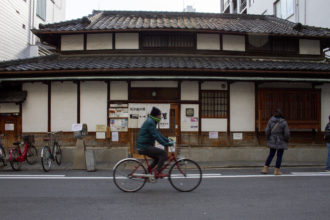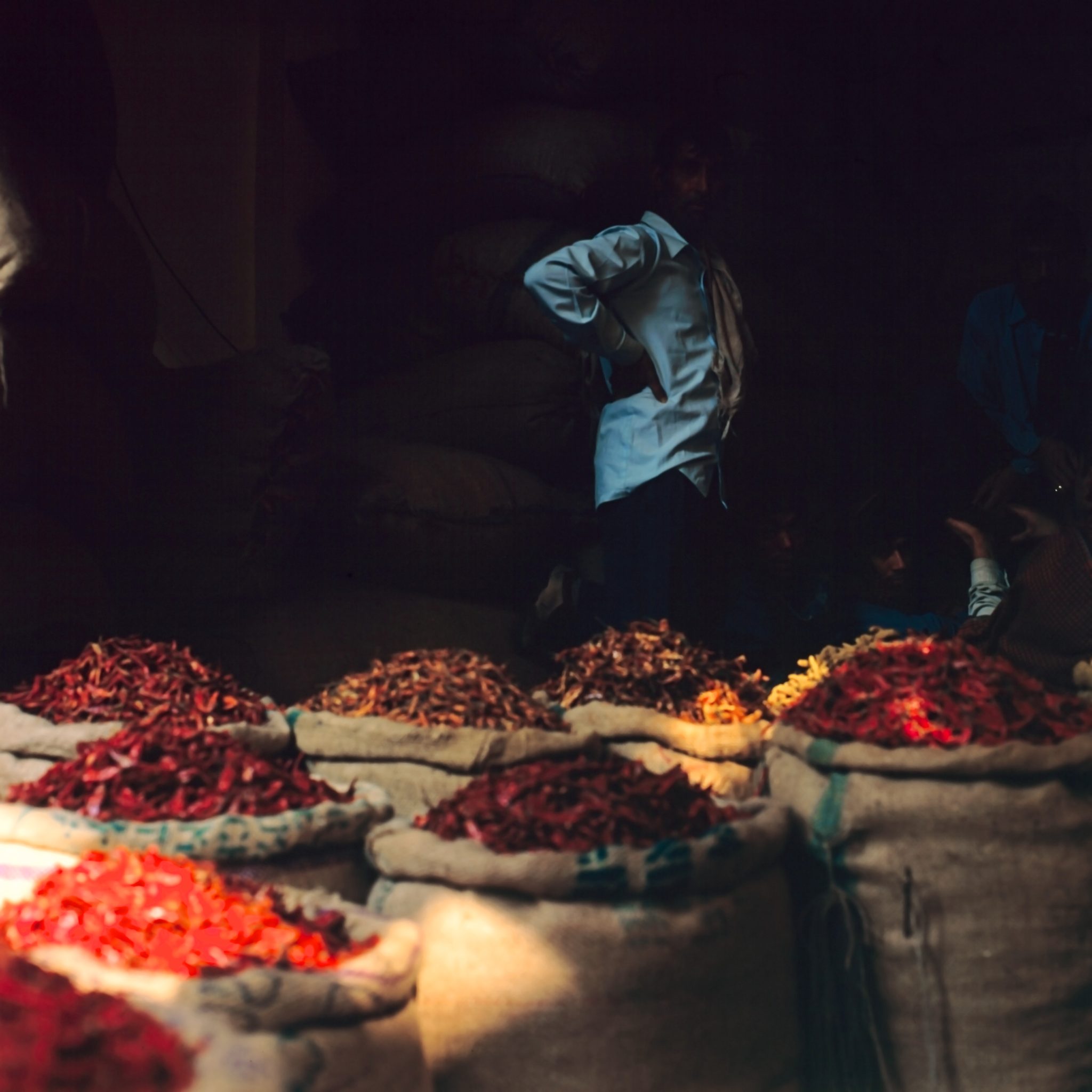
By Julie Kunen
The scent of warm spices wafted from the pilau steaming in its clay pot over a charcoal brazier in this restaurant in Zanzibar. Cumin, a memory of Persia. Black pepper and cinnamon, brought in dhows on the trade winds across the Indian Ocean. Rice itself, from the Ganges River delta of South Asia. Together, these ingredients define Zanzibari cuisine, a fusion not just of flavors but of waves of cultural influences washing over the island for millennia.
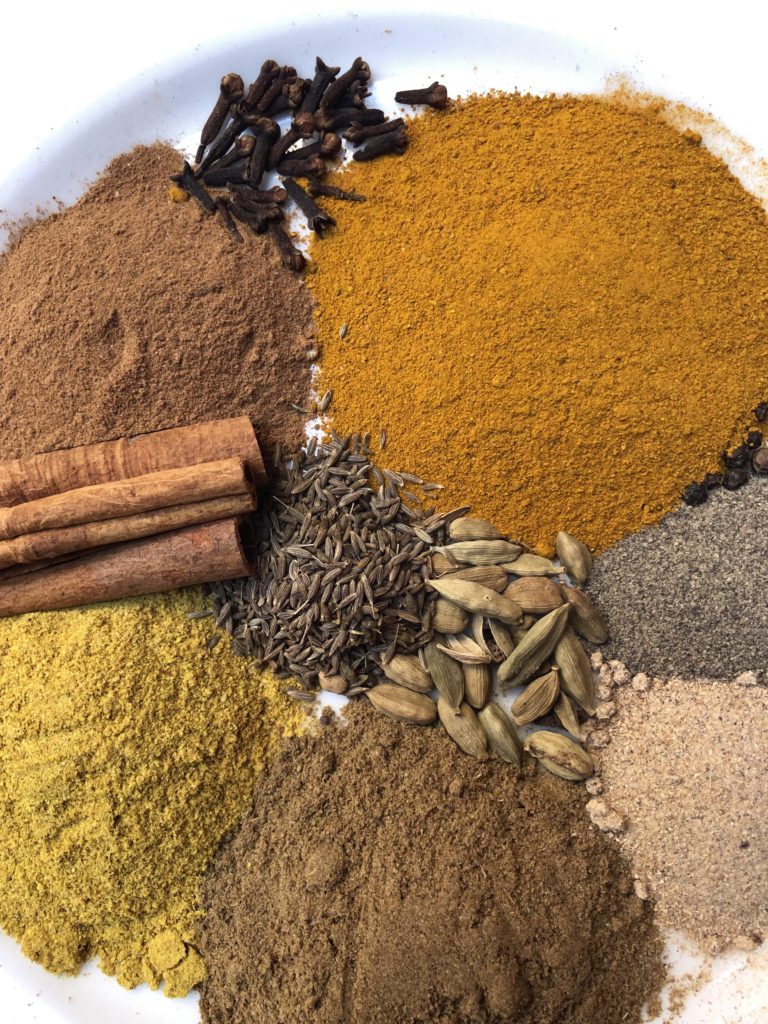
I was in Zanzibar at a private cooking class with Chef Abu Bakkar Burhan Ally, head chef at Jafferji House, a boutique hotel in picturesque Stone Town. As a serious home cook and someone deeply interested in the ways in which culinary practices express culture, I was looking for a class with hands-on cooking techniques and a meal whose flavors would tell a story of Zanzibar’s identity. The dishes I learned to cook reflect the fusion of African, Arab, Persian, and Indian influences that deliciously define this tantalizing cuisine, tinged with clove, cardamom, and turmeric.
But you cannot savor these flavors without also acknowledging the bitterness of Zanzibar’s colonial history.
I arrived at Jafferji House to find a complete mise en place for a 5-course meal sitting next to two charcoal braziers. Trained professionally at culinary school in Tanzania, Chef Abu brought several classical touches to his cooking, including not just the mise en place but the use of olive oil and vegetables such as carrot and tomato. Cooking over charcoal is standard practice for home-cooked meals in Zanzibar, although Chef Abu uses commercial stoves for his cooking in the restaurant.
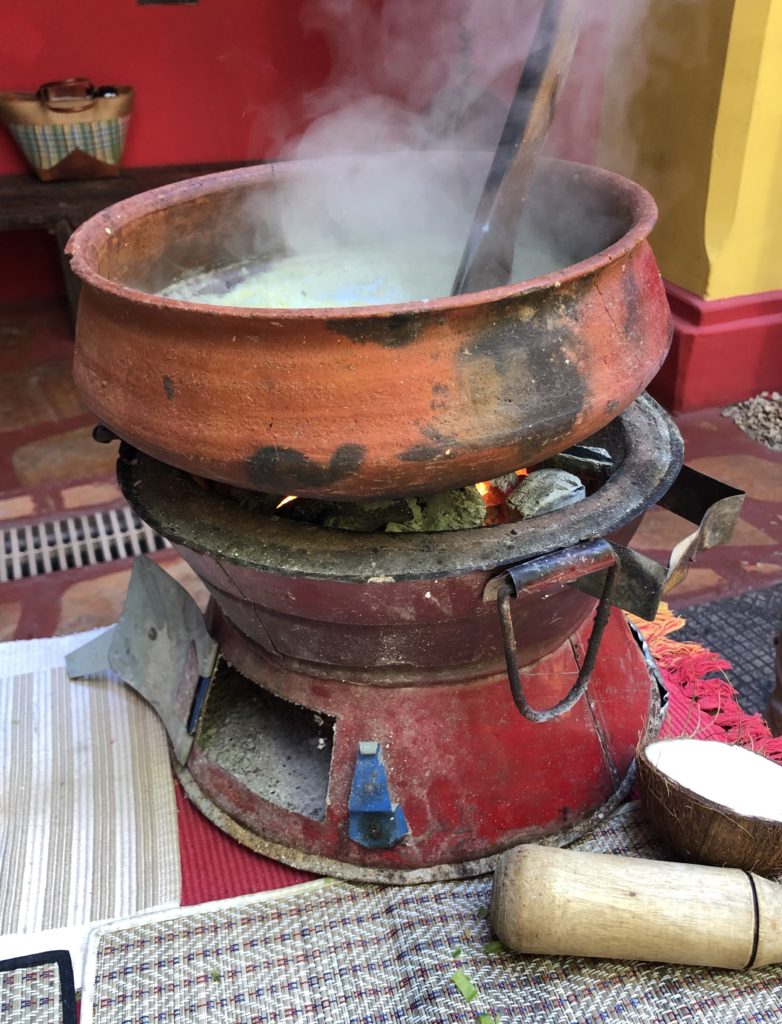
The first dish we cook is pilau, the classic Arabic rice dish. In Chef Abu’s hands, the dish comes together quickly. First, we heat a burnished clay pot over the coals in the brazier. When the pot is heated, we add oil by the ladleful. Next, we sweat the onion and garlic in the hot oil.
Then, the key step – adding both whole and ground spices to the mixture, cinnamon sticks as well as ground cinnamon, cardamom pods and ground cardamom, whole and ground cumin seed. The spices release their fragrance on contact with the hot oil. When the spices are toasty, we add washed rice and water, and cover the pot to steam until ready. When we lift the pot lid after 20 minutes or so, the fragrance of the cardamom pods, cinnamon sticks and cumin seeds is like perfume. The rice is cooked perfectly, each grain toothsome.
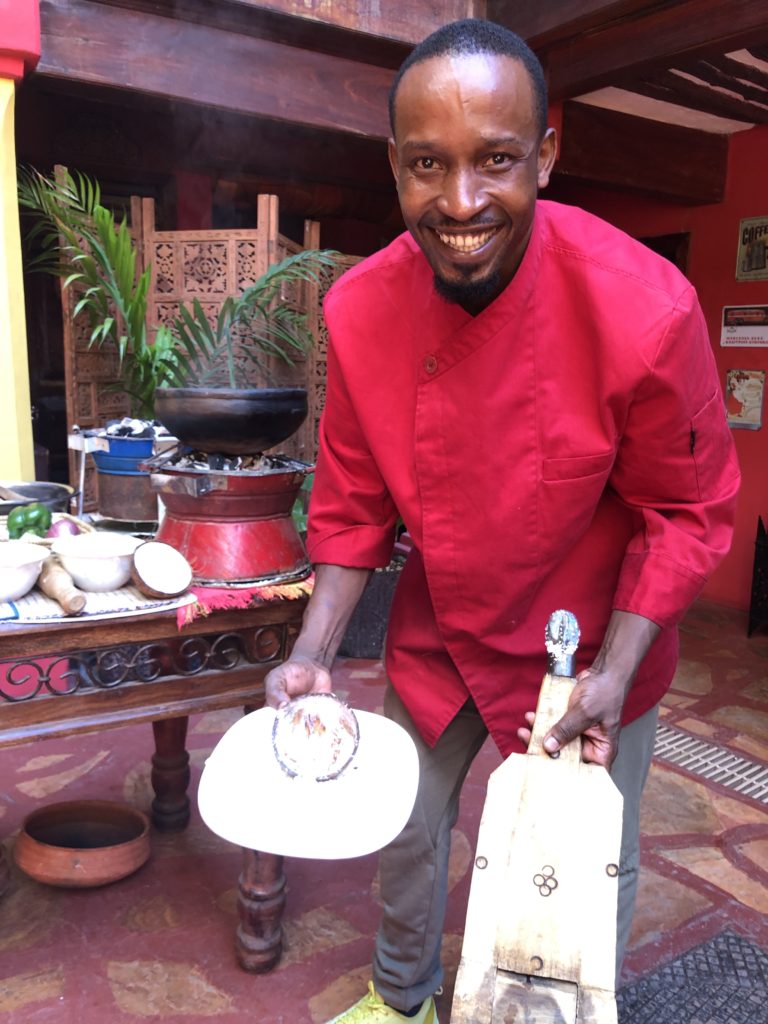
The next three dishes that we prepare utilize fresh coconut milk, made by grating a halved coconut on the serrated blade of a traditional wooden stool-like tool called an mbuzi (mbuzi means goat in Swahili, and the contraption does look a bit like a wooden animal), then blending the resulting meat with water to make milk. Kuku paka (Zanzibar chicken curry), green bananas in coconut sauce, and green lentil curry all follow the same basic recipe, although the flavor profiles vary in important ways from dish to dish.
For example, Kuku paka (which can also be made as Samaki paka, with delicious Indian Ocean fish such as red snapper), features similar spices to the pilau, plus turmeric and curry powder. Green bananas or ndizi mbichi, an Omani dish, was my favorite, featuring two interesting cooking techniques. First, the recipe includes fresh garlic mashed with vinegar into a potent paste, and fresh ginger paste prepared in a similar manner. The vinegar in the pastes as well as tomato, added both as diced plum tomatoes and fresh tomato puree provide a welcome acidity and tanginess to offset the creaminess of the coconut milk and cooked bananas of the finished dish. Many traditional African dishes utilize plantains, a staple food in the region, but Zanzibar Chef Abu insists that in this preparation in the restaurant, the smaller, sweeter unripe banana works best.
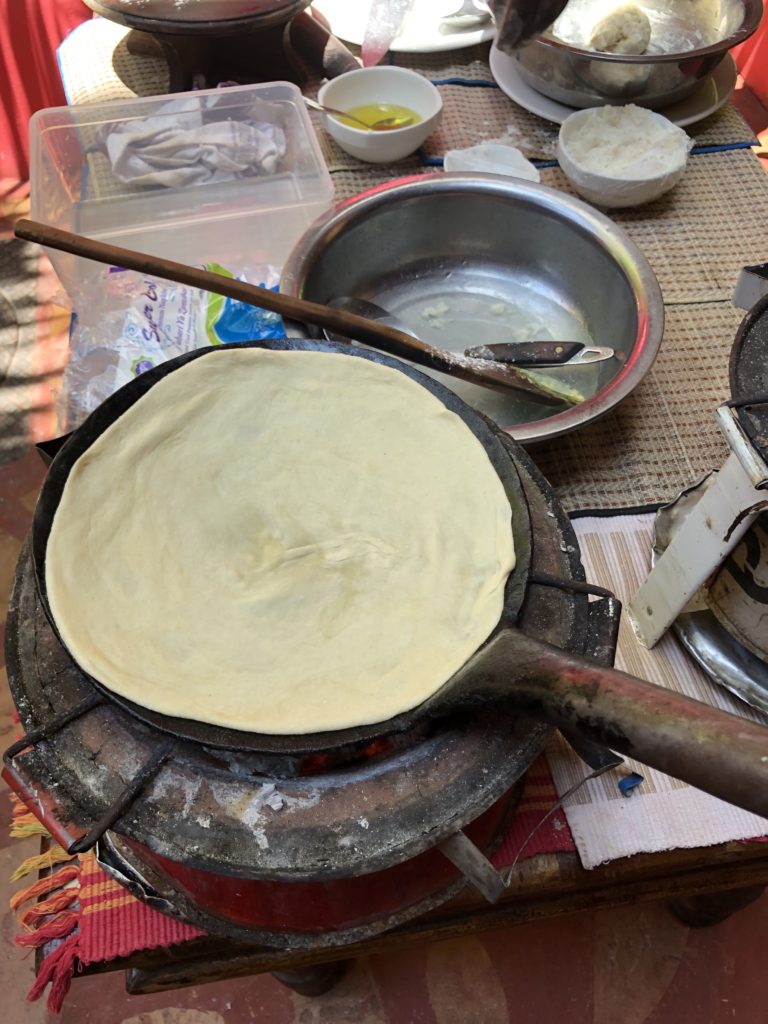
The final dish was a technical showstopper – chapatis. Chapatis reflect the Indian heritage of Zanzibar’s historical merchant class and are a perfect accompaniment to the creamy curry dishes. These seemingly simple disks, made of wheat flour, oil, water, and salt, are all about technique. What fascinated me about their preparation was how similar the process is to making laminated French pastry.
Transformation of a disk of dough into a flaky, tender chapati requires a two-step process – first rolling the dough into a flat disk, coating it with a thin layer of oil, then cutting a slit from the center to one edge, as if you were cutting one side of a slice of pie. Starting at one edge of the cut, you roll the dough up into a spiral, tuck one edge underneath, then stand it vertically and press down to form a new disk of dough that contains all the spirals. Once this is rolled out again, it has all the layers, or laminations, from the spiraling process. The disk is then cooked on each side in a slightly concave steel pan, like a cross between a cast iron skillet and a pizza pan, with plenty of sizzling oil to give each chapati its signature brown crackling. It is the oil coating each layer of the spiral in the dough that gives the chapati its flakiness, just like puff pastry with its buttery laminations.
Once all our dishes were cooked, we moved upstairs to Zanzibar Jafferji House’s rooftop restaurant to enjoy the delicious fruit of our culinary labors accompanied by a beautiful view over Stone Town’s rooftops and the surrounding azure sea. Here we taste the bitter note on the palate, for those views take in the port through which tens of thousands of slaves passed each year during the centuries that Zanzibar was ruled by the Sultans of Oman. Together with slavery itself, the island’s famous spice plantations were the economic motor of the Sultanate, and, like other plantation economies, they thrived on the backs of enslaved Africans. Cooking and eating the dishes we prepared, therefore, cannot help but recall the cruelty and racial injustice that also flourished in Zanzibar’s soils.
What’s more, over the years since the abolition of slavery and colonial rule, the spice plantations that live on in our romantic imaginations have shrunk in economic importance to such an extent that Chef Abu told me most Zanzibaris can’t afford to use expensive spices in everyday cooking. So, later that day when we visited Stone Town’s famous Darajani Market to load up on whole and ground spices for my home kitchen, I acknowledged that my purchases identified me as a tourist, an outsider with economic privilege.
Back at home, when I cook with cumin and cardamom or bake with cinnamon and clove, I remind myself with each bite that I am eating Zanzibar’s melding of Arab, Persian, Indian, and African influences, both rich and tragic.
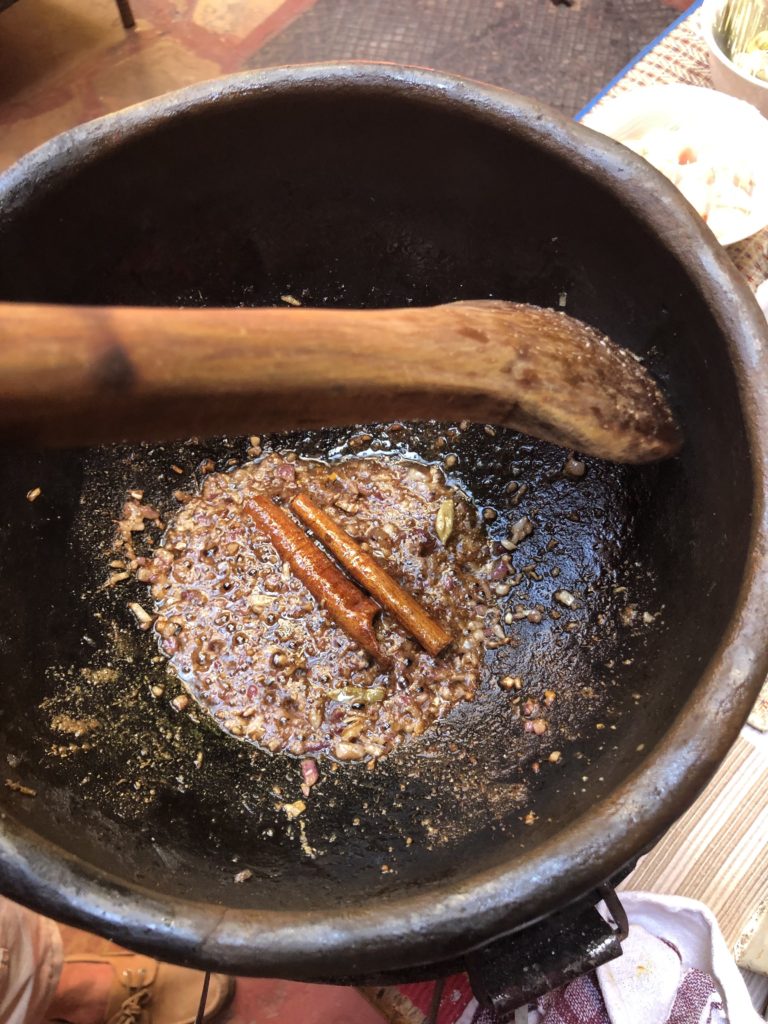
Julie Kunen is an anthropologist, conservationist, and writer with nearly 25 years of experience exploring the tropics and the ways in which foods reflect the culture and environment in which they are rooted. From Sumatra’s rubber forests to the Brazilian Pantanal, she has created projects to promote environmental sustainability and tell stories about conservation through food. She has published over a dozen articles exploring these links in outlets such as the Miami Herald, National Geographic, and New Worlder.
If you liked reading about this restaurant in Zanzibar and its food and cultural history, check out our piece about omurice.
Interested in Africa? Read:


